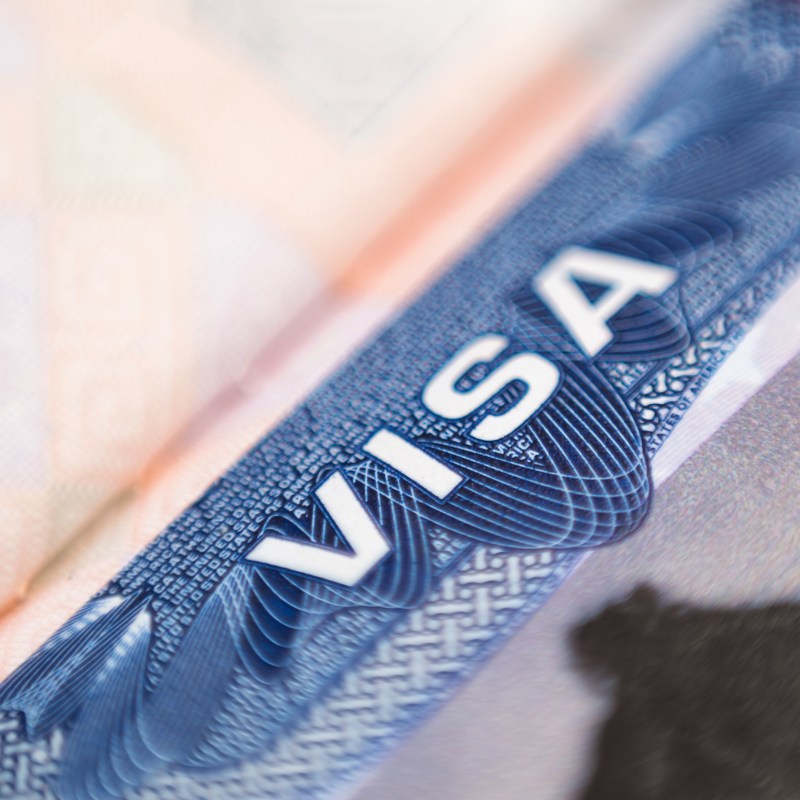
Over the last week, news of a possible travel ban has hit headlines.
Videos by TravelAwaits
The potential ban includes a list of 43 countries divided into three tiers based on potential security threats. All recommendations come from the POTUS cabinet, but the final list hasn’t yet been finalized.
So, what does the travel ban actually mean? And will it have any impact on your upcoming trips when it’s finalized? Let’s dig in.
What is the travel ban?
Here’s the gist of the travel ban: the US wants to limit the number of tourist and student visas in certain countries that may pose a security threat. That means the travel ban would affect non-Americans coming into the country.
The only ‘reverse travel ban’ in which the US doesn’t allow its citizens to visit is placed on North Korea.
Officially, countries end up on the list because ‘vetting and screening information is so deficient’, meaning that the State Department can’t reasonably ensure that any nationals entering the US aren’t a security threat. But some countries have ended up on the list in a roundabout fashion; though its citizens might not pose a threat, the country might still accept nationals from other banned nations.
Currently, State Department regional bureaus are reviewing the list of 43 countries before they will be finalized on Friday, March 21.
Which countries are on the travel ban list?
The travel ban list includes three tiers: ‘red’ countries in which citizens are entirely banned from visiting the US, ‘orange’ countries where citizens are limited from entering, and ‘yellow’ countries that must improve their security policies or face being placed on the orange or red lists.
- The red list includes Afghanistan, Bhutan, Cuba, Iran, Libya, North Korea, Somalia, Sudan, Syria, Venezuela and Yemen.
- The orange list includes Belarus, Eritrea, Haiti, Laos, Myanmar, Pakistan, Russia, Sierra Leone, South Sudan and Turkmenistan.
- The yellow list includes 22 countries from Africa and the Caribbean, including Angola, Dominica, St Kitts and Nevis, Zimbabwe, and more.
Will the travel ban impact upcoming trips for Americans?
Aside from barring you from entering North Korea, the proposed travel ban won’t have a major impact on American travelers. Instead, it’s likely to complicate travel into the US for citizens with partners, families, and friends who were planning on visiting, immigrating, or accessing higher education in the country.
I’d also like to point out that I’ve traveled to some of the countries listed and know many people who are from the countries facing travel bans. I’ve traveled to Cuba, for example, a country on the red list. I was welcomed by locals and treated fairly by every official I met during my week-long trip.
I also have friends who are Syrian, Iranian, Venezuelan, Russian, Belarussian, and Cameroonian; I doubt any of them would ever pose a national security threat if they chose to visit the US.
My point is this: don’t let the travel ban keep you from exploring the world or supporting foreign travelers who want to explore the US. Remember, the list is based on a country’s ability to screen its citizens thoroughly before they apply for a visa to visit or study in the US, not whether or not a country is safe.
If you’re worried about whether or not a country is safe to visit, check out the Department of State’s travel advisories page. And don’t forget—the US sometimes ends up on travel advisory lists, too. Clumping entire countries into rigid categories isn’t always an accurate reflection of what you’ll experience there when traveling.
